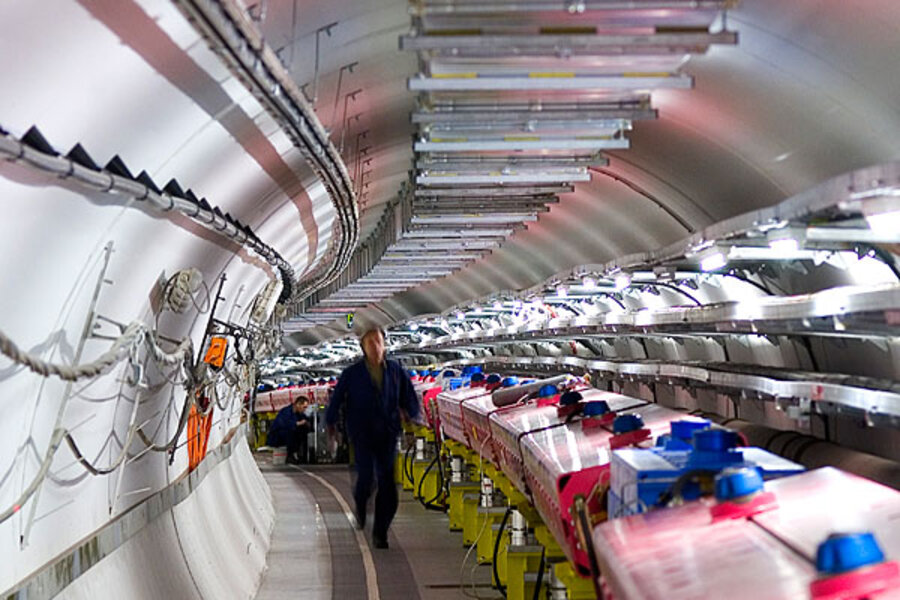Why Einstein's special theory of relativity is probably still correct
Loading...
| Geneva/Chicago
The world of science was upended last year when an experiment appeared to show one of Einstein's fundamental theories was wrong - but now the lab behind it says the result could have been caused by a loose cable.
Physicists at the CERN research institute near Geneva appeared to contradict Albert Einstein's 1905 Special Theory of Relativity last year when they reported that sub-atomic particles called neutrinos could travel fractions of a second faster than light.
Einstein's Special Theory of Relativity, which underpins the current view of how the universe works, says that nothing can travel faster than light, and doing so would be like traveling back in time.
James Gillies, a spokesman for European Organization for Nuclear Research, or CERN, said on Wednesday the lab's startling result was now in doubt.
Earlier on Wednesday, ScienceInsider, a website run by the American Association for the Advancement of Science, reported that the surprising result was down to a loose fibre optic cable linking a Global Positioning System satellite receiver to a computer.
Gillies confirmed that a flaw in the GPS system was now suspected as a possible cause for the surprising reading. Further testing was needed before any definite conclusions could be reached, he added.
The faster-than-light finding was recorded when 15,000 neutrino beams were pumped over three years from CERN to an underground Italian laboratory at Gran Sasso near Rome.
"A possible explanation has been found. But we won't know until we have tested it out with a new beam to Gran Sasso," Gillies told Reuters in Geneva.
Physicists on the experiment, called OPERA, said when they reported it last September that they had checked and rechecked over many months anything that could have produced a misreading before announcing what they had found.
A second test whose results were announced in November appeared to provide further evidence that neutrinos were travelling faster than light. But many experts remained sceptical of a result that would have overturned one of the fundamental principles of modern physics.
Edward Blucher, chairman of the Department of Physics at the University of Chicago, said the original finding would have been breathtaking if it had been true. As it was, the research inspired many spirited discussions, if few believers.
"I don't think I met anyone who said I bet it's going to be true. I think the people on the experiment worked as carefully as they could and I think they ran out of ideas of what could be wrong and they decided to present it," he said.
"Maybe they should have waited a few more months," he added.
Gillies said CERN would be issuing a full statement early on Thursday.
(Additional reporting by Kate Kelland in London; Editing by Peter Graff and Eric Beech)





